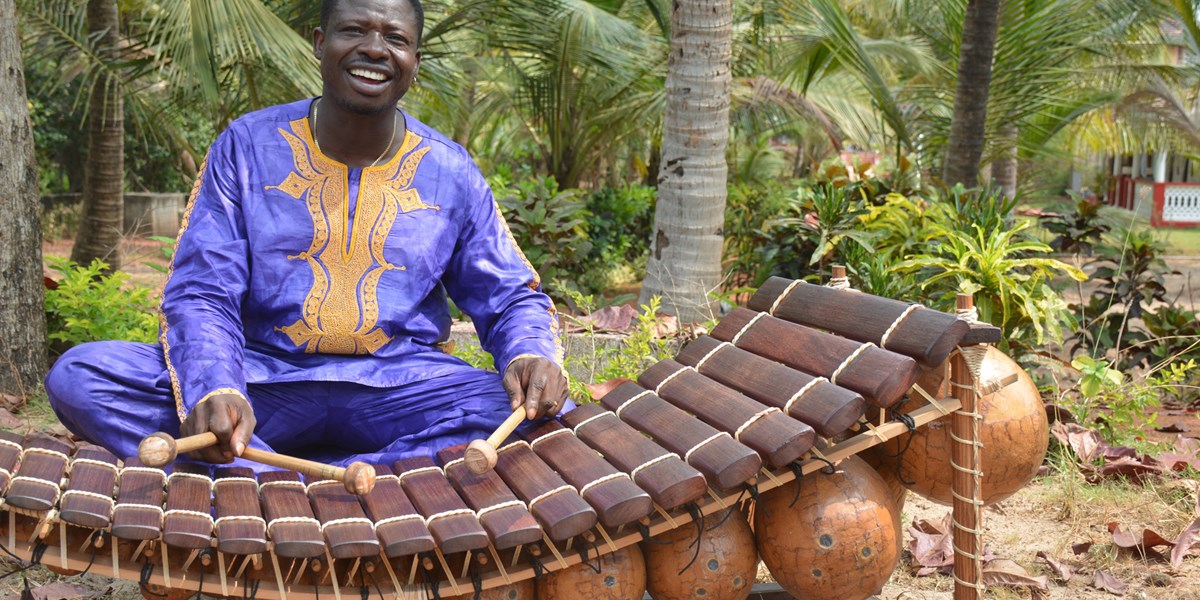Tuesday, March 5, 2024
Mamadou Diabaté: master of the balafon
The West African xylophone is steeped in the mythology of the Mali Empire. Simon Broughton meets balafon player Mamadou Diabaté, who is helping to keep the instrument’s 800-year history alive

Mamadou Diabaté (photo: Simon Broughton)

Register now to continue reading

Thanks for visiting the Songlines website, your guide to an extraordinary world of music and culture. Sign up for a free account now to enjoy:
- Free access to 2 subscriber-only articles and album reviews every month
- Unlimited access to our news and awards pages
- Our regular email newsletters

